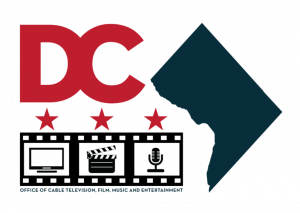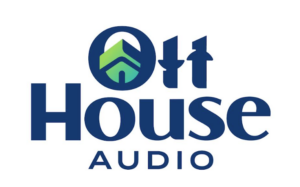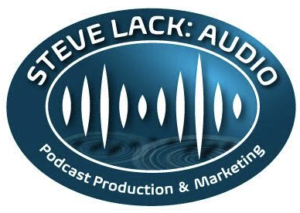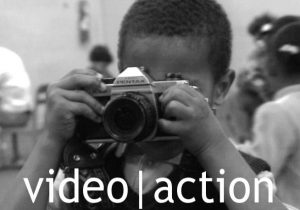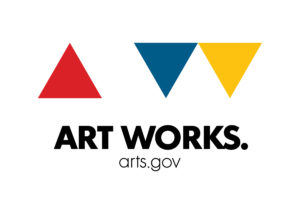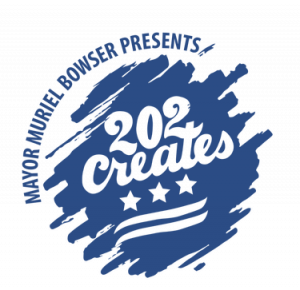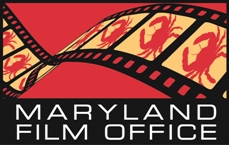Written By: Jillian DiNardo
Overview of the Panelists:
Erica Ginsberg, the co-founder and executive director of Docs in Progress, spoke first. The second speaker was Angelica Das, the associate director at the Center for Media and Social Impact. Following her was Julia Cohen, an advocacy, outreach, and fundraising consultant and the creative advocacy director of the Plastic Pollution Coalition. She also formerly served on the board of directors of WITNESS. Kristen Milhollin wrapped up the presentations. She is the founder and project lead of GoodSpeaks.
Hints and tips from the experts:
1. Recognize the prevalence of video. Online video accounts for about half of all web traffic, and YouTube is the second most-used search engine after Google.
2. Know everything about your targeted audience. How do they relate to media? Where do they watch videos? Where do they spend their online time, and how do they interact with those websites?
3. Keep a specific goal in mind. Do you want to raise awareness? That can be difficult to measure. Do you want to remind an already-informed audience about your topic and re-interest them? Or drive them to a specific action? Do you want to influence policy?
4. Be aware and realistic about your limitations. Which social media sites are most worth your time? What are your financial resources? What are the production and distribution costs?
5. Check out YouTube for Nonprofits- www.youtube.com/nonprofits This is a program through YouTube that gives different benefits to nonprofit channels, like the option to add a “Donate” button and feature live streaming.
6. For filmmakers- You don’t have to reinvent the wheel. Look for existing nonprofits that are likely to be interested in your issue. Look specifically for nonprofits that have chapters, so you could work with them on both a local and national level. Form these relationships early in the process.
7. Know that there are many paths to success, and do not become too focused on a single path.
8. Don’t be afraid to share the workload with others, even if that means giving up a little artistic control.
9. Revise and revisit the project as it changes over time.
10. Understand how to use YouTube effectively.
- Have a good, descriptive title because that’s how YouTube ranks videos. Put your keywords in your title.
- Write a description of your video. It could be a press release. You can also mention other related topics.
- Use disambiguated tags. This is how YouTube categorizes you, and it helps people find your content.
- Talk to your viewers. This will make them stay on YouTube, and YouTube really likes that.
- Check out Creator Playbook for help! www.youtube.com/yt/playbook/
- Think about when it is appropriate to show the video. Make a calendar of “tentpole events,” social and cultural events that are important to your audience (for example, Breast Cancer Awareness Month). Have your file footage on hand and then re-mix it when it relates to breaking news. www.youtube.com/yt/playbook/tent-pole.html
*A project of The Video Effect, a panel series created and organized by Martha Dodge Media LLC
A video of this panel will be on Martha Dodge’s blog, “The Video Effect.” Here you can find a breakdown of the panel as well as full bios on the speakers: http://thevideoeffect.net/panel-series-2013/


